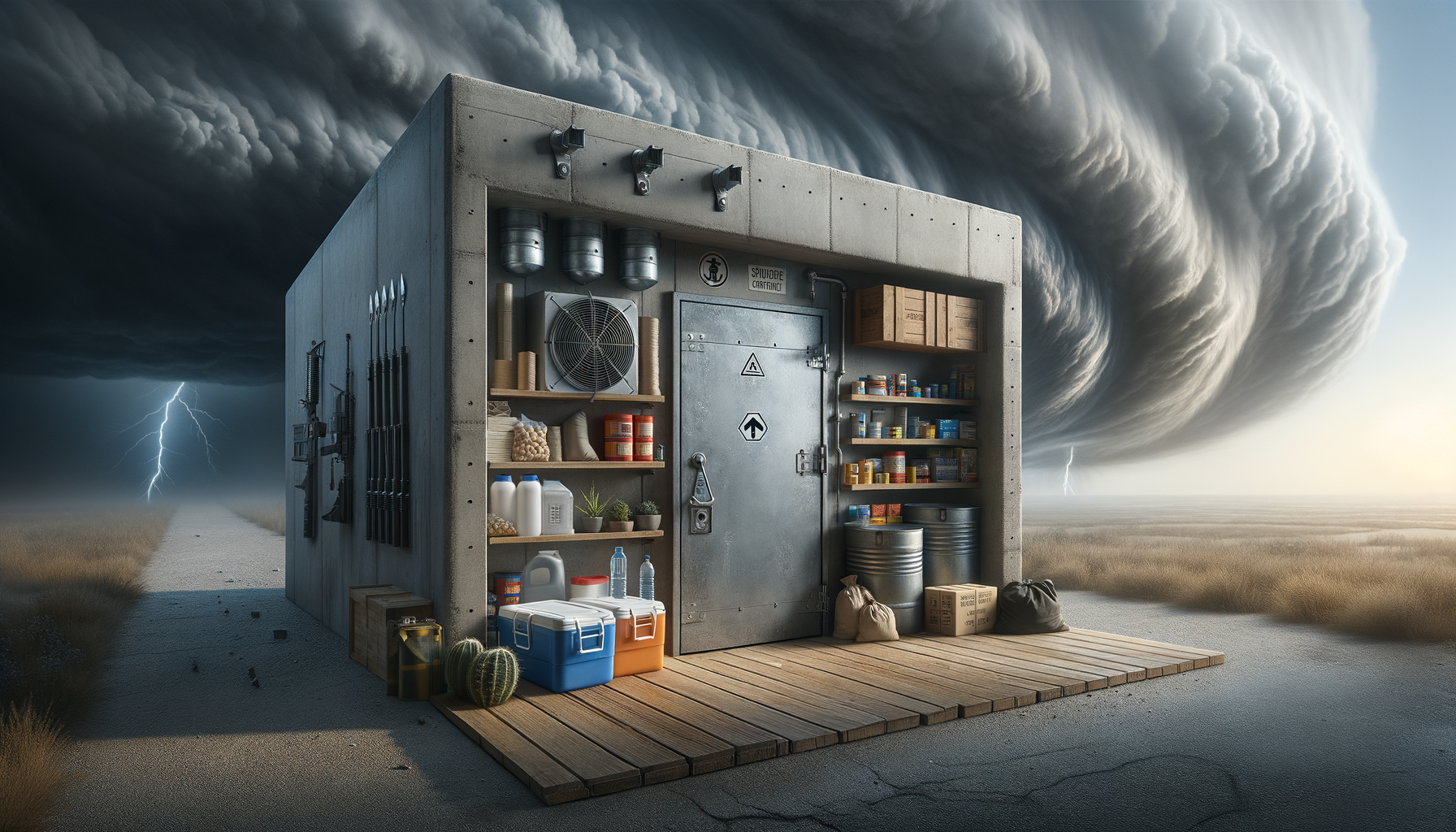Understanding the Need for Storm Protection Spaces
In the face of increasingly unpredictable weather patterns, the importance of having dedicated storm protection spaces cannot be overstated. These areas are specially designed to offer safety during severe weather events such as hurricanes, tornadoes, and other natural disasters. The growing frequency and intensity of these events have heightened the need for individuals and communities to invest in robust storm protection solutions.
Storm protection spaces serve as a sanctuary, providing a secure environment that can withstand extreme weather conditions. These spaces are not just a luxury but a necessity, especially in regions prone to frequent storms. By offering a reliable refuge, they help mitigate the risk of injury and loss of life, underscoring their critical role in disaster preparedness.
Moreover, the psychological comfort provided by having a designated safe space during a storm cannot be underestimated. Knowing that there is a secure area to retreat to can significantly reduce anxiety and stress during such events. This aspect of mental well-being is an essential consideration when planning and designing storm protection spaces.
Key Features of Effective Storm Protection Spaces
When designing a storm protection space, several key features should be prioritized to ensure maximum safety and functionality. Firstly, structural integrity is paramount. The space must be constructed with materials that can withstand high winds, flying debris, and potential flooding. Reinforced concrete and steel are commonly used materials due to their durability and resistance to impact.
Accessibility is another crucial consideration. The storm protection space should be easily accessible from all parts of the home or building, allowing individuals to reach it quickly in an emergency. This often involves placing the space on the ground floor or basement level and ensuring it is free of obstacles.
Ventilation and communication systems are also important. Adequate ventilation ensures that the space remains habitable for extended periods, while communication systems allow occupants to stay informed about the storm’s progress and receive emergency alerts. These features contribute to the overall functionality and comfort of the space.
Additionally, the space should be equipped with essential supplies such as food, water, first aid kits, and emergency lighting. These supplies are critical in ensuring that occupants can remain safe and comfortable if they are required to stay in the space for an extended period.
Comparing Different Types of Storm Protection Spaces
There are several types of storm protection spaces, each with its unique features and benefits. One popular option is the in-home safe room, which is a fortified space within a residence designed to withstand severe weather. These rooms are often built to meet specific safety standards and can be customized to fit the available space and budget.
Another option is community storm shelters, which are larger facilities designed to accommodate multiple families or individuals. These shelters are often located in areas prone to frequent storms and serve as a communal refuge during severe weather events. They are typically equipped with essential supplies and amenities to support a larger group of people.
Underground bunkers are also a viable option for storm protection. These structures offer the advantage of being completely below ground, providing additional protection from high winds and flying debris. However, they may require more extensive planning and construction compared to other types of storm protection spaces.
Ultimately, the choice of storm protection space depends on factors such as location, budget, and personal preferences. Each option has its advantages and can be tailored to meet specific needs and requirements.
Design Considerations for Storm Protection Spaces
Designing an effective storm protection space requires careful consideration of several factors. One of the primary considerations is the location of the space within the home or building. Ideally, the space should be centrally located to provide equal access from all areas and minimize exposure to external hazards.
The size of the space is another important factor. It should be large enough to comfortably accommodate all occupants, along with any necessary supplies and equipment. This often involves calculating the number of people who will use the space and ensuring there is sufficient room for everyone to sit or lie down comfortably.
Lighting and power sources are also crucial design elements. The space should have reliable lighting, either through battery-operated lights or a backup generator, to ensure visibility during a power outage. Additionally, power sources should be available for charging communication devices and operating essential equipment.
Finally, the design should incorporate features that enhance the space’s usability and comfort. This can include seating, storage for emergency supplies, and insulation to maintain a comfortable temperature. By considering these design elements, a storm protection space can be both functional and comfortable, providing a safe haven during severe weather events.
Future Trends in Storm Protection Space Design
As technology and building practices continue to evolve, the design of storm protection spaces is also advancing. One emerging trend is the integration of smart technology into these spaces. This includes features such as automated emergency alerts, real-time weather updates, and remote monitoring capabilities, allowing occupants to stay informed and connected even during a storm.
Sustainability is another growing trend in storm protection space design. Many new designs incorporate eco-friendly materials and energy-efficient systems, reducing the environmental impact while maintaining safety and functionality. This approach not only benefits the environment but also enhances the overall resilience of the space.
Additionally, there is an increasing focus on modular and adaptable designs. These spaces can be easily modified or expanded to accommodate changing needs or additional occupants. This flexibility is particularly valuable in areas with fluctuating population sizes or evolving weather patterns.
As the demand for storm protection spaces continues to grow, these trends are likely to shape the future of design and construction, offering innovative solutions to enhance safety and resilience during severe weather events.




Leave a Reply